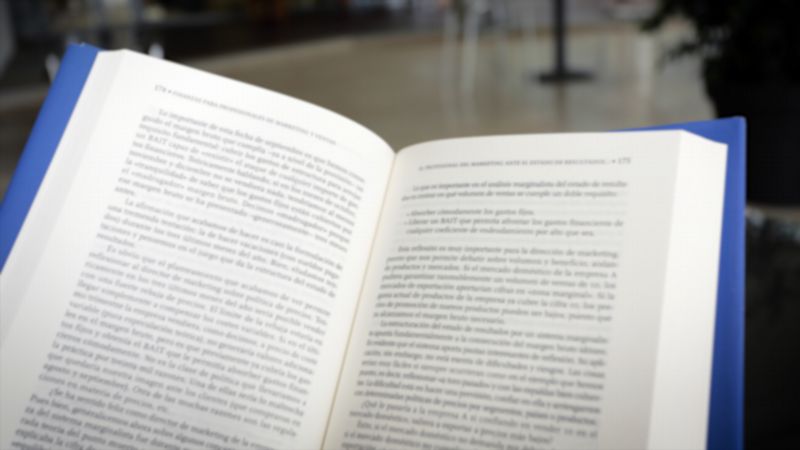Eye diseases
Presbyopia

What is presbyopia?
Presbyopia, popularly known as “tired eyesight”, is an eyesight problem that appears as a result of the ageing of the crystalline lens, or the eye’s natural lens.
Unlike other refractive defects (myopia, hyperopia and astigmatism), which often appear in childhood or adolescence, presbyopia is especially common from the age of 40-45. Sooner or later, the difficulty it causes to focus on nearby objects ends up affecting us all, and as it progresses it might also make distant vision worse, if it is also associated to mild hyperopia that was latent and produced no symptoms.
Symptoms
Causes and risk factors
Treatment
The characteristic symptom of presbyopia is poor near vision. The most common example is the need to unconsciously move away from your mobile phone, a book, the restaurant bill, a shopping receipt, etc. to be able to focus better on the text and prevent the letters and numbers from “dancing around” or merging together.
If this refractive defect is not properly corrected and you do not have the right prescription, you might also notice tears and itchy eyes, frequent headaches when you concentrate, or the need to squint to see better and having to use more light when reading.
